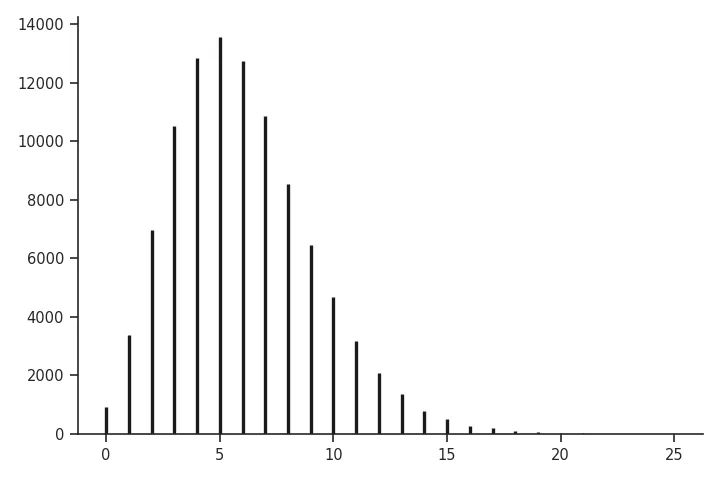我有一个列表
[[12, 6], [12, 0], [0, 6], [12, 0], [12, 0], [6, 0], [12, 6], [0, 6], [12, 0], [0, 6], [0, 6], [12, 0], [0, 6], [6, 0], [6, 0], [12, 0], [6, 0], [12, 0], [12, 0], [0, 6], [0, 6], [12, 6], [6, 0], [6, 0], [12, 6], [12, 0], [12, 0], [0, 6], [6, 0], [12, 6], [12, 6], [12, 6], [12, 0], [12, 0], [12, 0], [12, 0], [12, 6], [12, 0], [12, 0], [12, 6], [0, 6], [0, 6], [6, 0], [12, 6], [12, 6], [12, 6], [12, 6], [12, 6], [12, 0], [0, 6], [6, 0], [12, 0], [0, 6], [12, 6], [12, 6], [0, 6], [12, 0], [6, 0], [6, 0], [12, 6], [12, 0], [0, 6], [12, 0], [12, 0], [12, 0], [6, 0], [12, 6], [12, 6], [12, 6], [12, 6], [0, 6], [12, 0], [12, 6], [0, 6], [0, 6], [12, 0], [0, 6], [12, 6], [6, 0], [12, 6], [12, 6], [12, 0], [12, 0], [12, 6], [0, 6], [6, 0], [12, 0], [6, 0], [12, 0], [12, 0], [12, 6], [12, 0], [6, 0], [12, 6], [6, 0], [12, 0], [6, 0], [12, 0], [6, 0], [6, 0]]
我想要统计这个列表中每个元素出现的频率。
类似这样:
freq[[12,6]] = 40
在R中,可以使用table函数来获得此结果。Python3中有类似的东西吗?

collections.Counter? - jonrsharpe